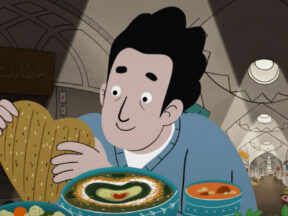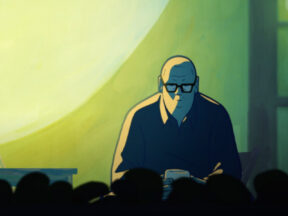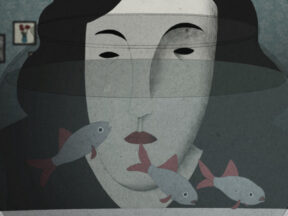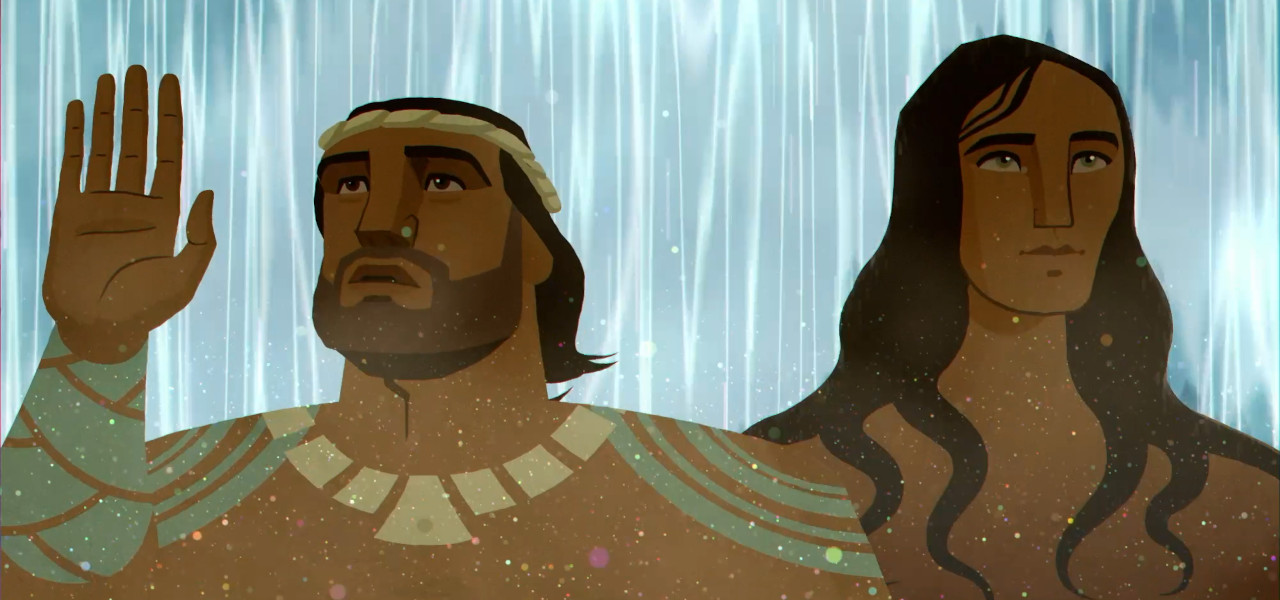
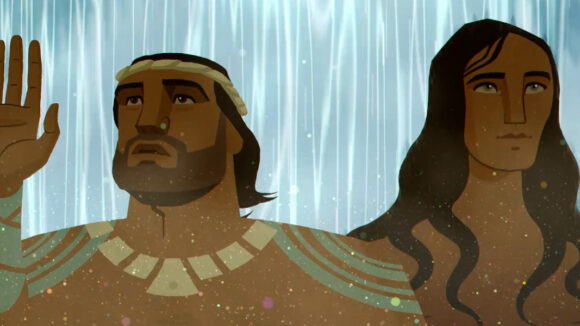
2024 Oscars Short Film Contenders: ‘Aikāne’ Directors Daniel Sousa, Dean Hamer, And Joe Wilson
Welcome to Cartoon Brew’s series of spotlights focusing on the animated shorts that have qualified for the 2024 Oscars. There are several ways a film can earn eligibility. With these profiles, we’ll be focusing on films that have done so by winning an Oscar-qualifying award at an Oscar-qualifying festival.
Today’s short is Aikāne from directors Daniel Sousa, Dean Hamer, and Joe Wilson. The film earned its Oscars qualification by winning the New Hampshire Film Festival jury award for best animated short.
The short tells the story of a courageous island warrior wounded in battle against foreign invaders. After the warrior falls into a mysterious underwater world, he is saved by an octopus that transforms into a handsome young man. The two become aikāne, intimate friends bound by love and trust.
Cartoon Brew: A good portion of this film takes place underwater. Could you talk about the challenges that posed and how you overcame them?
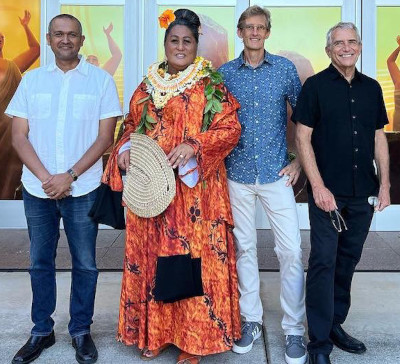
Daniel Sousa: Handling underwater scenes was certainly challenging in terms of character movement. As an animator, you’re always trying to give weight to a character, but in a weightless underwater environment, the focus shifts to how a character can navigate and propel himself convincingly through water resistance. Additionally, color and light operate differently in water, so handling the color palette and atmosphere effects was also a fun puzzle to figure out. Regardless of the technical challenges, what drew me to want to direct the film in the first place was that it was a love story, which I had not tackled before. So, the biggest challenge for me was developing characters with believable arcs and telling a universal story without words that a wide audience could understand and relate to. And to do it all within a 12-minute screen time.
What was it about this story or concept that connected with you and compelled you to direct the film?
Dean Hamer: We made this film because we believe that telling a queer love story with a happy ending is a form of resistance. The idea began during the pandemic when our previous short, Kapaemahu, was gaining traction on the festival circuit, even as a new swell of hate and discrimination rose against so-called “groomers and pedophiles” like me and my husband, Joe. We wanted our next work to show what happens when people are free to love who they love.
The problem was that no existing myth fit the bill, so we had to write our own. The inspiration came in a flash during a dive in the ocean near our home. Deep under the surface, all the noise and rage above disappeared, and we experienced a uniquely tranquil togetherness. That was the feeling we wanted the story to convey and the setting in which we wanted the relationship to live.
What did you learn through the experience of making this film, either production-wise, filmmaking-wise, creatively, or about the subject matter?
Joe Wilson: The biggest lesson we learned from this film is the power of telling a story without words. Pantomime frees us from having to explain what is happening, letting the viewer experience what the protagonists are going through at a visceral level. It also makes the film more accessible and focuses visual attention; every glance, gesture, and movement are significant.
But the biggest, unexpected benefit was that it freed us up to imagine a world that is difficult to describe in words because it does not yet exist. A world free of homophobia and prejudices, where the relationships we form and the trust we give are not limited by anyone or anything but the strength of our love. That is the world we hope to show in Aikāne.
Can you describe how you developed your visual approach to the film? Why did you settle on this style/technique?
Daniel Sousa: Right from the start, we were informed by the environments of Hawaii that Dean and Joe were very familiar with, but for which I needed a lot of reference, working from Rhode Island. We wanted to explore the rich underwater colors of coral reefs and the majestic landscapes of the islands. In a lot of my previous work, the color palette has been very monochromatic, so it was a completely new way to approach color. For movement, we looked at an old Tarzan with a beautiful tandem underwater dance and the hypnotic movements of octopus tentacles as they swim or crawl. The visual language for the film needed to be nimble and not too limited by abstract design rules because the story covered a wide range of locations and character interactions. Instead, we focused on light as an overarching design principle that helped to set the tone for each dramatic moment.

.png)
